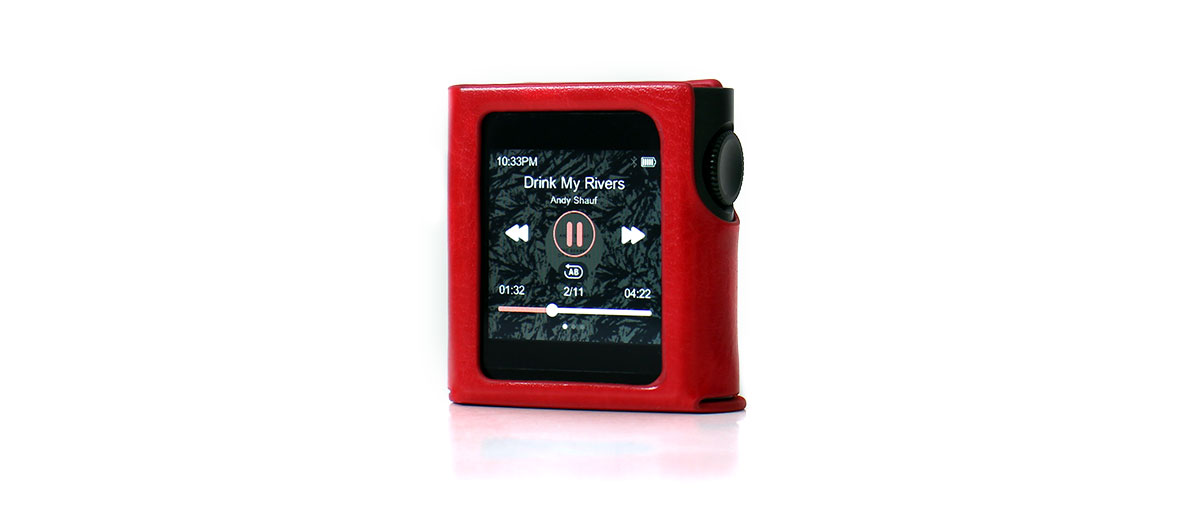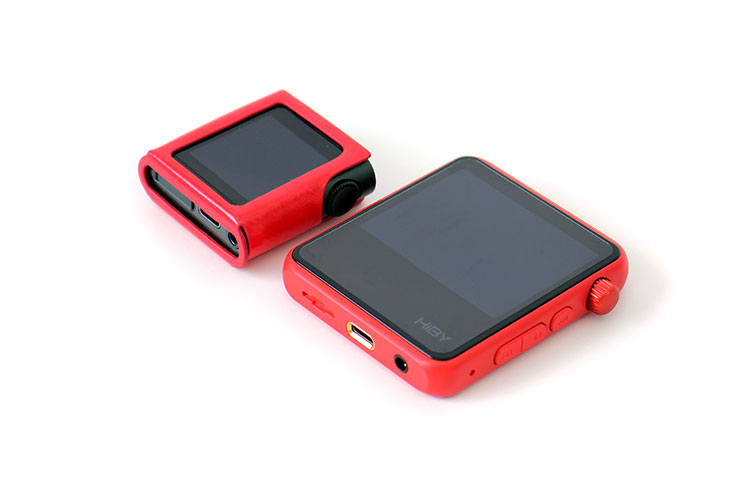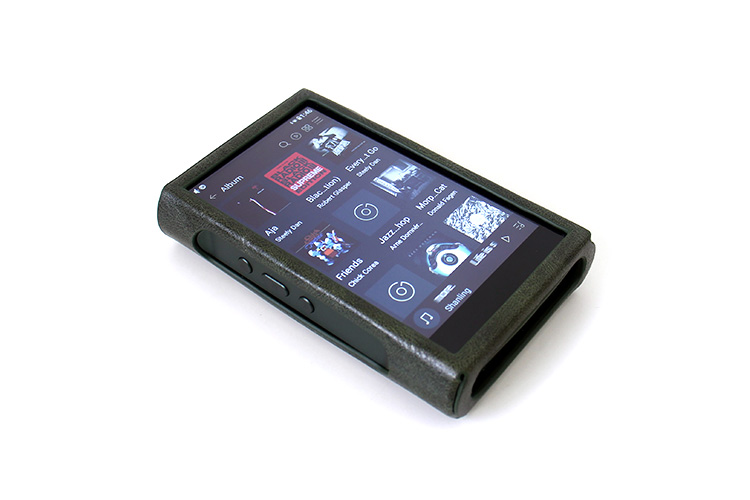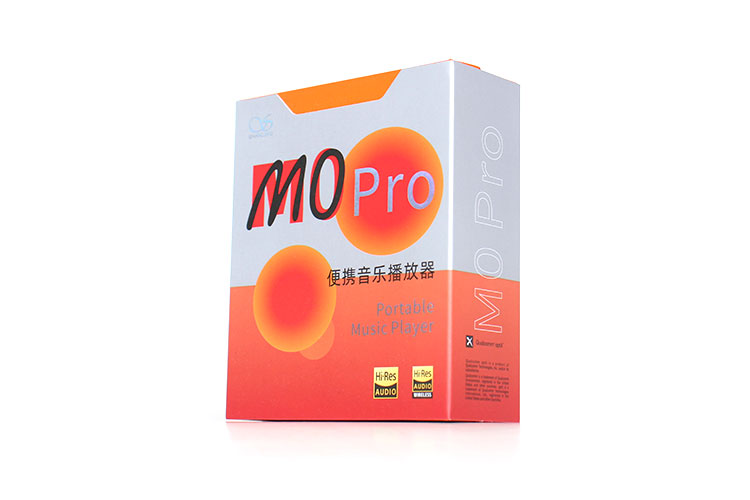Sound Impressions
Summary
If the Shanling M0 Pro was a gentleman, it would take its shirt off and place it across a puddle so the pretty lady could cross over without wetting her shoes. In other words, the overall sound signature is ultra polite with a warm heart.
Shanling seems to have a recipe of smoothness that seems to remove all the edginess and aggressiveness that some devices portray. It doesn’t lack detail or definition but lacks harshness.
The overall frequency response seems ruler flat but besides the smooth character, there seems to be a splash of warmth, especially around the midrange section, in particular, takes a relaxed approach.
The bass seems completely flat and capable down to the lowest octaves. The treble seems to be hiss-free and never presents any conglomeration but at times presents a livid character.
Staging & Dynamics
While there’s no doubt of the smoothness and overall well-balanced signature The Shanling M0 Pro has it surely sounds punchier, cleaner, and better defined overall compared to my old Sansa which sounded compressed most times.
The overall dynamics of recordings are retained well. You get a good sense of attack and deep-end punch when demanded.
The soundstage overall is not dependent so much on the M0 Pro but on the ability of the IEM to Produce it. I did notice a bit of underfill on top. But the rest of the spatial info was retained, for example, the depth and width along with Proper placement.
Synergy
Power
The balanced output certainly shows off the M0 Pro’s capability but, to be honest, it’s around the same amount of power that the average decent dongle DAC can supply.
It’s enough to run most full-sized headphones and I did run the HIFIMAN Sundara Closed Back with great results. But to keep the portability theme I would just go with IEMs for a pocket-friendly setup.
IEM Pairings
One type of IEM that would benefit from the M0 Pro’s polite sound signature would be bright-sounding ones since the overall signature will quell some of the harshness inherent in some peaky IEMs.
One was my set of Tri I3 Planar hybrid IEM which up on top sounds harsh but not so much with the M0 Pro. Even Tin HiFi’s T5 was controlled and behaved well.
I mentioned mostly budget models but this doesn’t limit the M0 Pro from driving more expensive IEMs. I paired it well with Hifiman’s new Svanar. The detail level was off the charts. More coming on that IEM in the coming weeks.
Select Comparisons
HiBy R2 II
Price $89.00
Technical
I don’t want to give up too many details since we have not reviewed the HiBy R2 II yet but will in a future article so stay tuned in. But we can use it in a comparison nonetheless.
These two do make a good comparison since both models use a 3.5mm with similar power output ratings and are both similar in other areas.
One aspect I can put over on the M0 Pro is the R2 II’s MQA capability since the PCM and DSD sides both are similar in specifications. However, the R2 II only has a single ES9219C chip and no balanced output option.
They both seem to have a similar Ingenic X1000e processor, and the same Bluetooth capabilities but the HiBy R2II has WiFi and networking capabilities.
Design
If size matters then if you want a small form factor you’ll probably prefer the M0 Pro over the HiBy R2 II because the R2 II is rather large for being labeled an ultra-portable DAP. It is also heftier in weight and stands at 70.6 grams.
The HiBy R2 II is made of a polymer and has more buttons and screen real estate but the bottom portion of the front glass is wasted space and makes the screen look somewhat incomplete.
The R2 II has some track up and down buttons, a pause, and a play button plus a dedicated on and off button that is backlit and pulsates while the unit is being charged and it also indicates bit rate. By the way, the R2 II can’t be used while charging.
Performance
I do prefer the overall sound quality of the M0 Pro over the R2 II but not by much. The M0 Pro is best especially when you use the balanced 4.4mm output option.
But I’m certain you were suspecting that. The Hiby unit just cost less and one could not expect much over a more expensive one.
But the HiBy R2 II certainly has more features. For example, you can throw the R2 II into a network and stream Tidal and Qobuz through HiBy’s music app. Plus DLNA, Airplay, OTA updates, and even internet radio. It all adds up in the end.
Shanling M3 Ultra
$479.00
Technical
The M3 Ultra looks to be the M0 Pro’s big brother. They certainly have similarities but the M3 just takes it to another level. A bigger screen, a full Android OS with access to the Google Play Store, and the list goes on and on.
There’s also some internal storage. It’s just 32GB but you can also extend that by up to an additional 2 terabytes. Plus, you can slip the M3 Ultra into your network and access streaming services plus you could also access NAS storage.
Design
The M3 Ultra has a similarly made body which was CNC shaped from a solid piece of aluminum and both have a similar multifunction rotary volume knob. The OS differs the most between the two.
The M3 Ultra caters most to those who need a separate component and to those who refuse to use a mobile phone for audio. You would reap benefits using the M3 Ultra’s Android system for the simple fact that it uses AGLO technology which caters to audio quality over everything else.
Performance
The funny thing here is that both these DAPs sound very similar. They both portray super politeness and a sound signature that’s free of harshness with a dark background. Both models present an output free from hiss.
Of course, the M3 Ultra has just a slightly higher amount of power output capability and it seems to muster up higher amounts of driving current. But the bulk of the unit might be a determining factor. So if you want to go ultra-portable the M0 Pro might fit your needs just as well.
Our Verdict
There seems to be an upswing with audio gear because there are so many components nowadays that blur the lines of price-to-performance ratios, and the Shanling M0 Pro is one of them. It’s an ultraportable device that does a lot of things well.
I’m not saying it’s the pinnacle of performance but just think of how much you have to spend to get a Bluetooth receiver and transmitter that does LDAC, a DAC amplifier, and a dongle DAC. The Shanling M0 Pro can fit all those roles in one unit and more.
Shanling should consider bundling the M0 Pro with the 4.4 connection and just charge a couple of extra bucks for it if they have to. The extra output will push the M0 Pro up front since the extra feature will make the M0 Pro more desirable. It’s still a desirable unit and a small wonder without it.
Shanling M0 Pro Technical Specifications
- Dimensions: 43.8 x 45 x 13.8mm
- Screen: 1.54 inch 240 x 240 touch screen
- Weight: 36.8 grams
- Audio: Two ES9219c DAC AMPs
- Memory: Micro SD card up to 2 TB
- Battery Life: Up to 14.5 hrs (Single Ended)/ 10 Hrs (Balanced)
- Bluetooth: Version 5.0
- BT Codec support: Transmitter LDAC, aptX, AAC, SBC / Receiver LDAC, AAC, SBC
- HI res Support: PCM 32bit/ 384kHz and DSD128
- Audio Formats: DSD, (iso, dsf, dff ) DXD, APE, FLAC, ALAC, WAV, AIFF, AIF, DTS, MP3, WMA, AAC, OGG, MP2, M4A, AC3, CUE, M3U
- SE Output: 1.7V @32Ω (90mW)
- Balanced Output: 2.75V @ 32Ω (236mW)
- Frequency Response: 20Hz to 40kHz -0.5db
- THD+N: SE 0.006% / Bal 0.004% A weighted @ 1V
- Channel Separation: SE 72db / Bal 109db @ 32Ω
- Dynamic Range: SE 119db / Bal 121db @32Ω A weighted
- SN ratio: SE 118db / Bal 119db A weighted
- Output Impedance: SE 0.4Ω / Bal 0.8Ω






